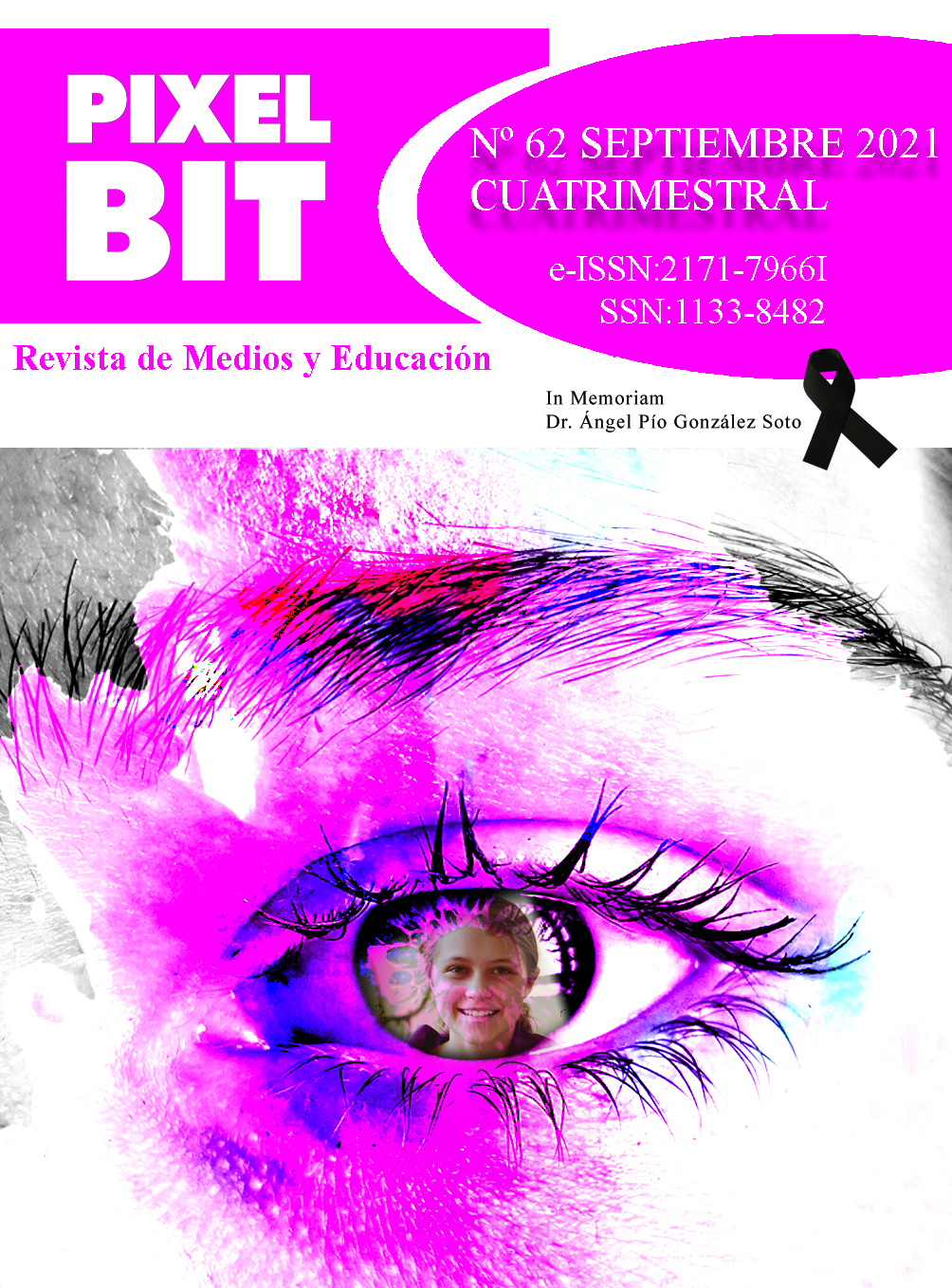Abstract
This article reports on the implementation of a teaching and learning sequence on mitotic cell division for secondary education students that uses as technological aid an augmented reality (AR) mobile application. The objective was to promote the visualization of the mitotic division process and thereby promote more robust and sophisticated explanations as evaluated using a representation level key. The proposed activities were intended for the participants to be able to describe, relate, explain, and interpret the different phases of mitotic cell division. The methodology is based on a pre-experimental design. The data collected (n= 162) correspond to the students’ productions (drawings), which are part of the activities of the sequence, which are compared with a matrix of representation levels. The results suggest that, throughout the sequence, the productions made by the participants transition from initial representations consisting in an iconic description of the process to representations containing a higher semantic and semiotic load.

This work is licensed under a Creative Commons Attribution-NonCommercial-NoDerivatives 4.0 International License.
Copyright (c) 2021 Pixel-Bit. Media and Education Journal

